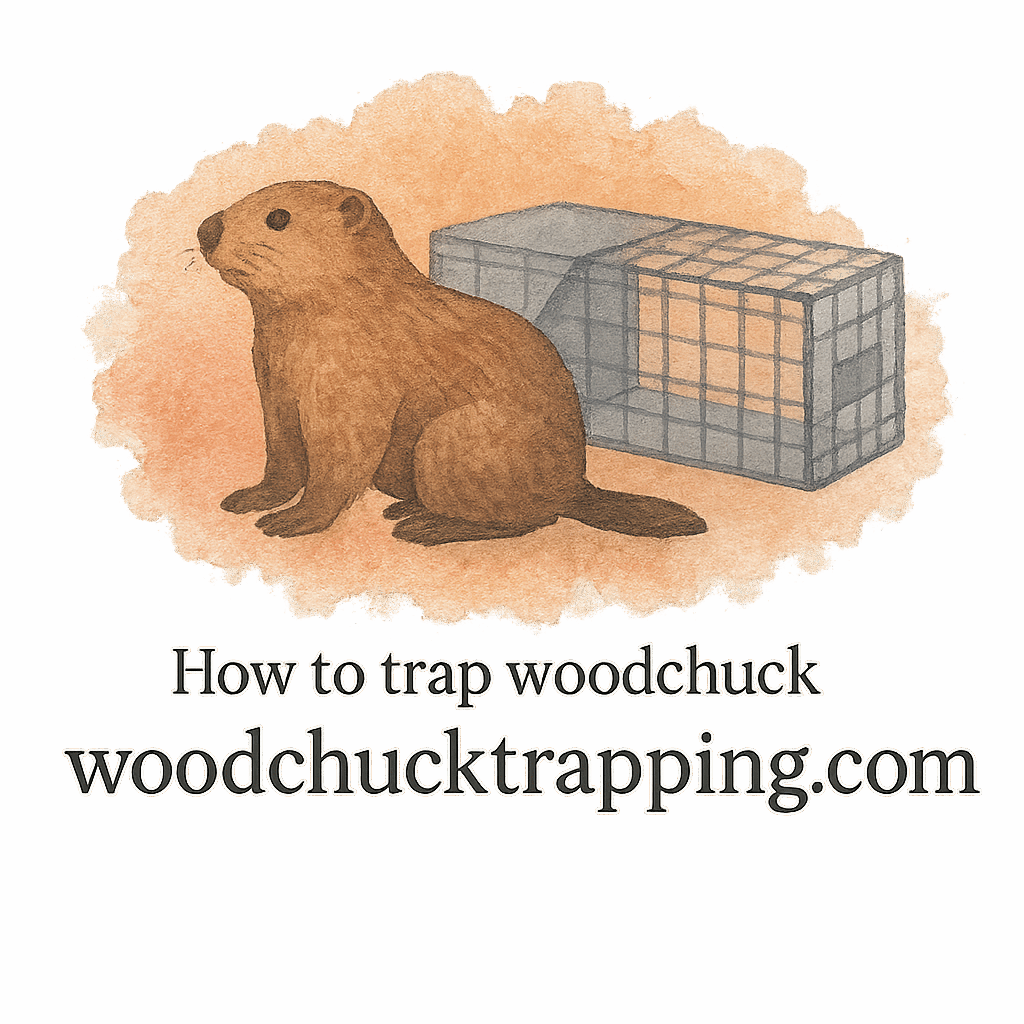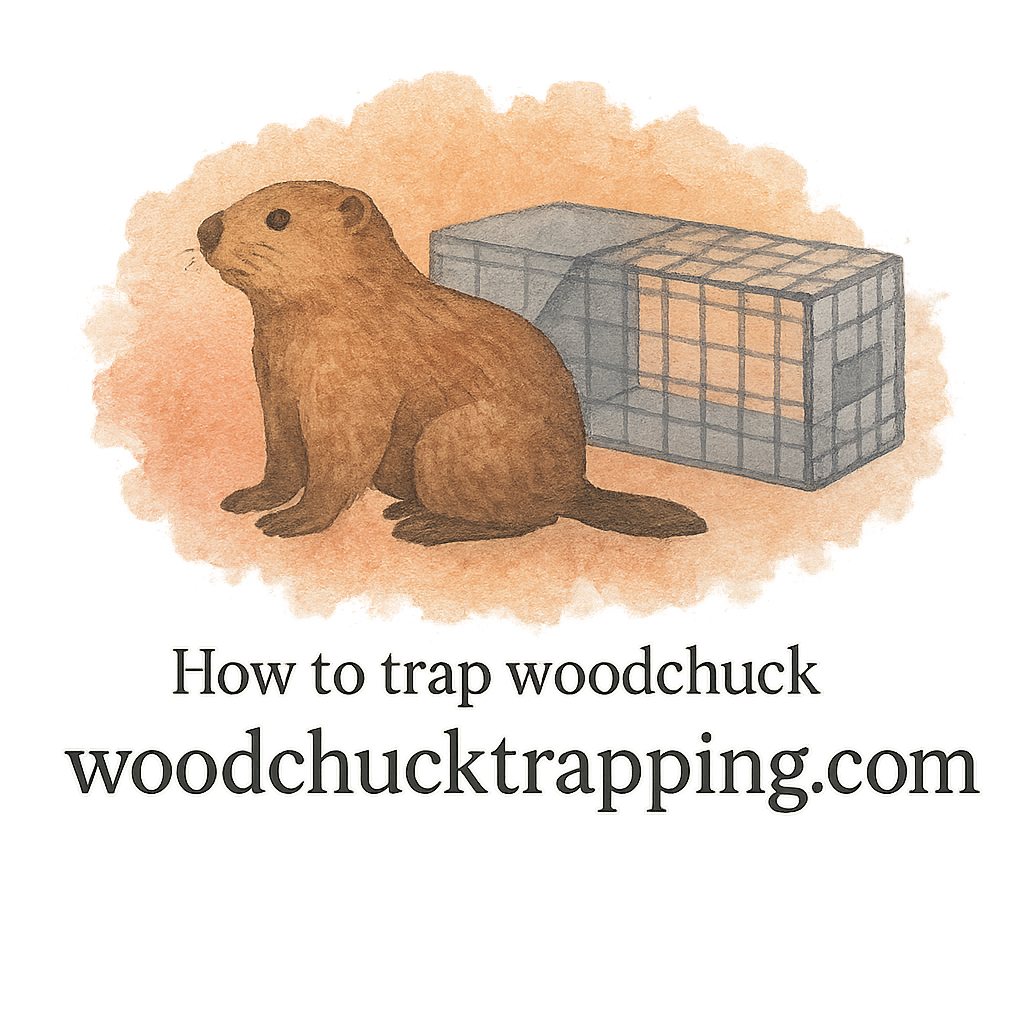Introduction
Ever set up a trap for a woodchuck and find it completely untouched days later? You’re not alone. A huge chunk of trapping success comes down to using the right bait—but not all baits are created equal. In fact, some popular choices are totally ineffective. In this article, we’ll break down the 5 common baits that fail to lure woodchucks, explain why they flop, and what you should be using instead.
Understanding Woodchuck Behavior
Why Bait Matters in Trapping
Think of bait as your sales pitch to a hungry customer. If it doesn’t appeal, there’s no sale—simple as that. Woodchucks, also known as groundhogs, are picky vegetarians. They follow their noses but are highly skeptical creatures. Use the wrong lure, and they’ll steer clear of your trap entirely.
The Role of Scent and Seasonality
Bait effectiveness can also vary based on the season. For instance, woodchucks are more active and foraging heavily in spring and early summer, making them more likely to go after certain green baits with strong scent trails. Trap scent and seasonal behavior are crucial in baiting strategy.
Common Baits That Fail and Why
Let’s bust some baiting myths. If you’ve tried these five options with no luck, here’s the real reason why.
1. Peanut Butter
Why People Use It
It’s sticky, smells strong, and seems to work on every animal under the sun, right?
Why It Doesn’t Work
Woodchucks are strict herbivores. The high-fat, oily nature of peanut butter doesn’t appeal to their senses. Plus, it lacks the green, earthy scent that they naturally gravitate toward. It may attract raccoons or skunks, but woodchucks? Not so much.
2. Meat Scraps
Why People Use It
Some assume all animals are enticed by meat, especially scraps from the kitchen.
Why It Doesn’t Work
This is a total misfire. Woodchucks don’t eat meat—period. Not only is it ineffective, but it can also attract unwanted predators and scavengers, disrupting your trap setup and increasing safety risks.
3. Commercial Cat Food
Why People Use It
Similar to meat scraps, people use it thinking it’s aromatic and will draw animals.
Why It Doesn’t Work
Just like with peanut butter, this might work for carnivores or omnivores, but not for a creature with a veggie-only diet. Using cat food might fill your trap with possums instead of solving your woodchuck infestation.

4. Sweet Fruits Like Bananas
Why People Use It
Bananas are sweet, squishy, and smell strong—should be a good bait, right?
Why It Doesn’t Work
Woodchucks may nibble out of curiosity but won’t be drawn from a distance. They don’t naturally seek sweet, tropical fruits in the wild. This is more likely to fail as a lure than bring success.
5. Processed Cheese
Why People Use It
Cheese is commonly used for rodent traps—so why not woodchucks?
Why It Doesn’t Work
Rodents like mice love cheese. Woodchucks? Not at all. It lacks the fresh, plant-based scent they’re after and serves zero purpose in baiting and luring them effectively.
What Actually Works for Woodchuck Baiting?
So, what do you use instead? Glad you asked.
Natural Vegetable-Based Options
Fresh vegetables are your best bet—think romaine lettuce, carrots, apples (yes, they’re technically fruit, but with earthy scent), and cantaloupe rind. These are aromatic, colorful, and aligned with a woodchuck’s diet.
Using the Right Scent Bait
Pairing your vegetable bait with a strong scent bait improves your chances significantly. Woodchucks are scent-driven. Think musky attractants or commercial lures that mimic the smell of fresh greenery.
The Impact of Improper Baiting Techniques
Even with the right bait, mistakes in placement or technique can cost you a catch.
Signs Your Bait Isn’t Working
- Bait left untouched
- Trap not triggered
- Presence of woodchuck burrows nearby with no trap interaction
How to Know If a Woodchuck Is Nearby
Look for chewed plants, wide entry burrows, and dirt piles. These are the most common signs you’re dealing with a resident woodchuck.
Best Practices for Baiting and Trapping
Equipment and Placement Tips
Always place the bait at the far end of the trap behind the trip plate. Use reliable trap gear like compact traps if space is limited. Check out our full equipment reviews to find the best tools for your yard.
Safety and Humane Considerations
Using gloves reduces your scent transfer—very important! See our guide on gloves and humane handling. Also, be sure you’re in compliance with local laws and safety.
Common Mistakes Beginners Make
- Using human food instead of natural bait
- Setting traps in the wrong location
- Not checking traps frequently
- Ignoring local regulations
- Skipping scent masking or proper trapping techniques
Avoid these errors to improve your catch rate dramatically.
Conclusion
Let’s recap: Not all baits are created equal. Peanut butter, meat scraps, cat food, bananas, and cheese might work for other critters, but they won’t cut it for woodchucks. Stick with fresh vegetables, utilize the right tools, understand behavior, and always play it safe. For more expert advice and effective strategies, check out our full range of guides on woodchucktrapping.com.
FAQs
1. Why won’t peanut butter attract a woodchuck?
Because they’re herbivores and aren’t interested in high-fat, protein-based foods like peanut butter.
2. Can I use fruit to lure woodchucks?
Only certain fruits like apples or cantaloupe rind work. Bananas or tropical fruits don’t appeal to them.
3. What’s the best trap bait for small yards?
Try romaine lettuce or apple slices, paired with minimal space traps.
4. Do woodchucks eat meat?
Nope. They’re strict vegetarians and avoid meat entirely.
5. Should I wear gloves when baiting a trap?
Yes! Human scent can scare off woodchucks. Use trapping gloves for best results.
6. How can I tell if my trap is in the right spot?
Place it near signs of activity like burrows, dig marks, or chewed plants.
7. Where can I learn more about effective trapping?
Browse our complete guides and tips on trapping techniques and trapping essentials.


